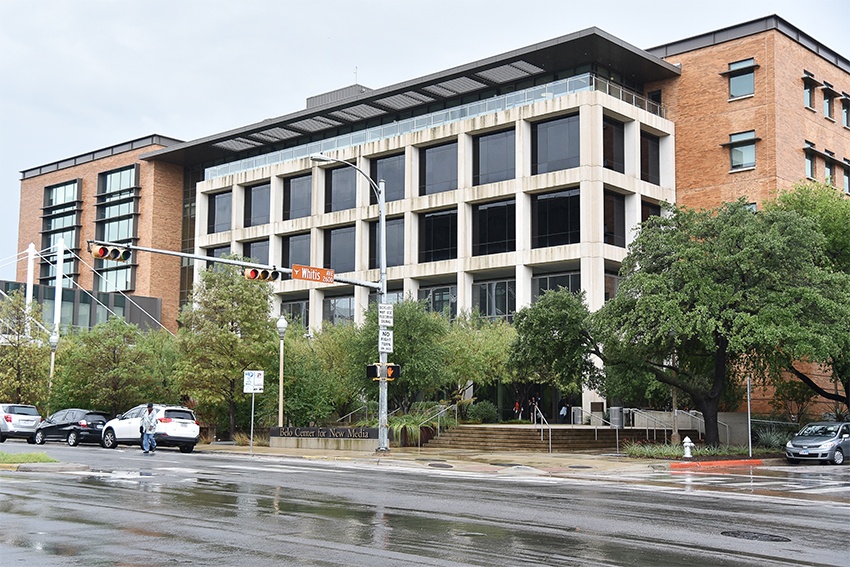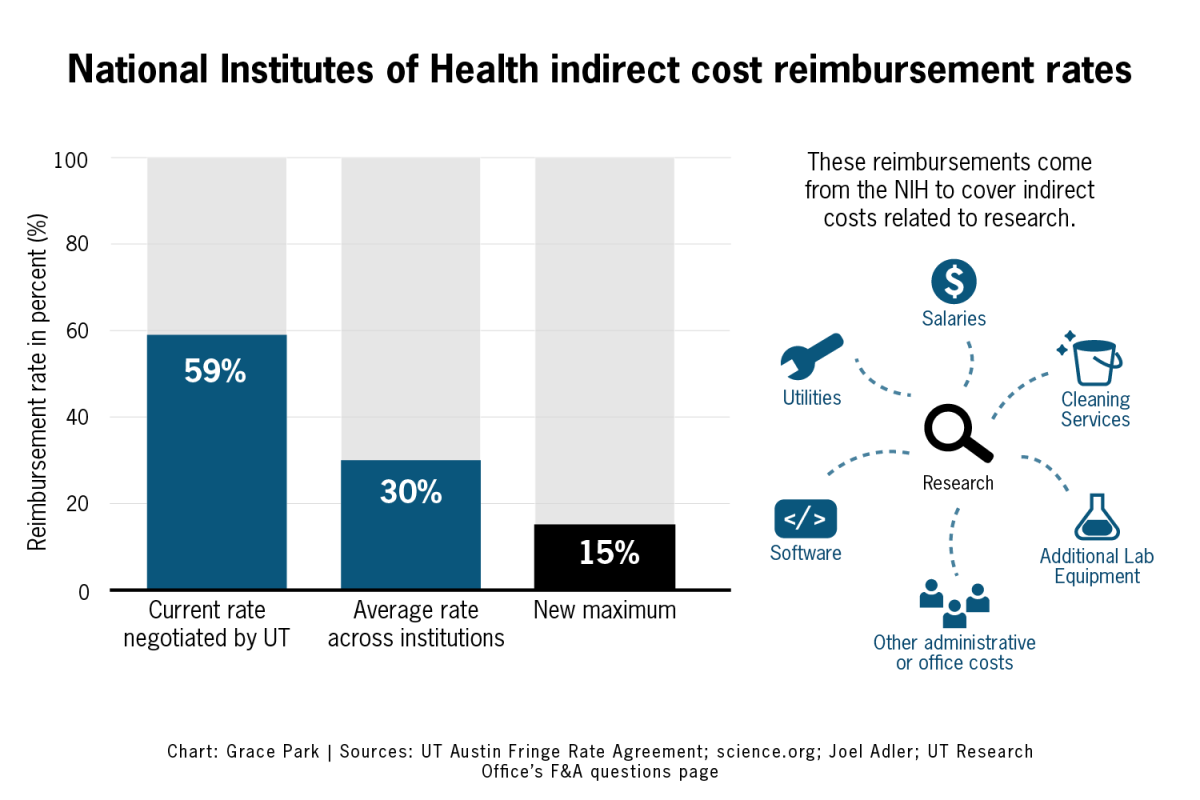A UT professor was awarded for his research that led to the development of the COVID-19 and RSV vaccines on Wednesday.
Research!America, a non-profit advocating for medical and health research, awarded Jason McLellan, a professor in the Department of Molecular Biosciences, with the Building the Foundation Award with the support of Johnson & Johnson. The award celebrates individuals who have made significant contributions to the understanding of public health.
McLellan’s lab specializes in structure-based vaccine design. The lab visualizes how proteins on viral and bacterial pathogens work, which then helps them create complementary vaccines, McLellan said.
“(My lab) determines very high resolution, three-dimensional structures of what the viruses or parts of the virus or proteins or bacteria look like (and function),” McLellan said. “We call this structure-based vaccine design: using structures as the basis for protein engineering to try to create the most efficacious vaccines possible.”
At the beginning of 2020, McLellan said students and staff in his lab worked around the clock to isolate the antibodies of COVID-19 to develop a vaccine. McLellan and his team determined the structure of the shape-shifting spike protein found on the surface of SARS-CoV-2, the causative agent of COVID-19.
“These spike proteins — they’re shape-shifters — they start off in one state and then flip to another one in order for the virus to fuse with the cell and enter,” McLellan said. “We want to try to stabilize the protein in the initial form.”
McLellan said his lab engineered two substitutions to stabilize the COVID-19 spike protein for the vaccine. These substitutions can be found in all the COVID-19 vaccines authorized for use in the United States.
Before his work on the COVID-19 vaccine, as a postdoctoral fellow, McLellan said he helped create a vaccine antigen for respiratory syncytial virus, or RSV. Last year, the vaccine became the first FDA-approved vaccine for RSV.
“It was really exciting to have the first vaccines for RSV in the elderly population,” McLellan said. “Now we have RSV and COVID vaccines that both use structure-based vaccine design.”
McLellan said he looks forward to greater use of structure-based vaccine design, especially with the introduction of new technologies like AI.
“(We’re) trying to create this toolbox, especially with new artificial intelligence and machine learning tools that we’re working with, (I hope) every vaccine campaign will have some aspect of structure-based vaccine design that can draw on work that we’ve done or work performed by my colleagues,” McLellan said.














